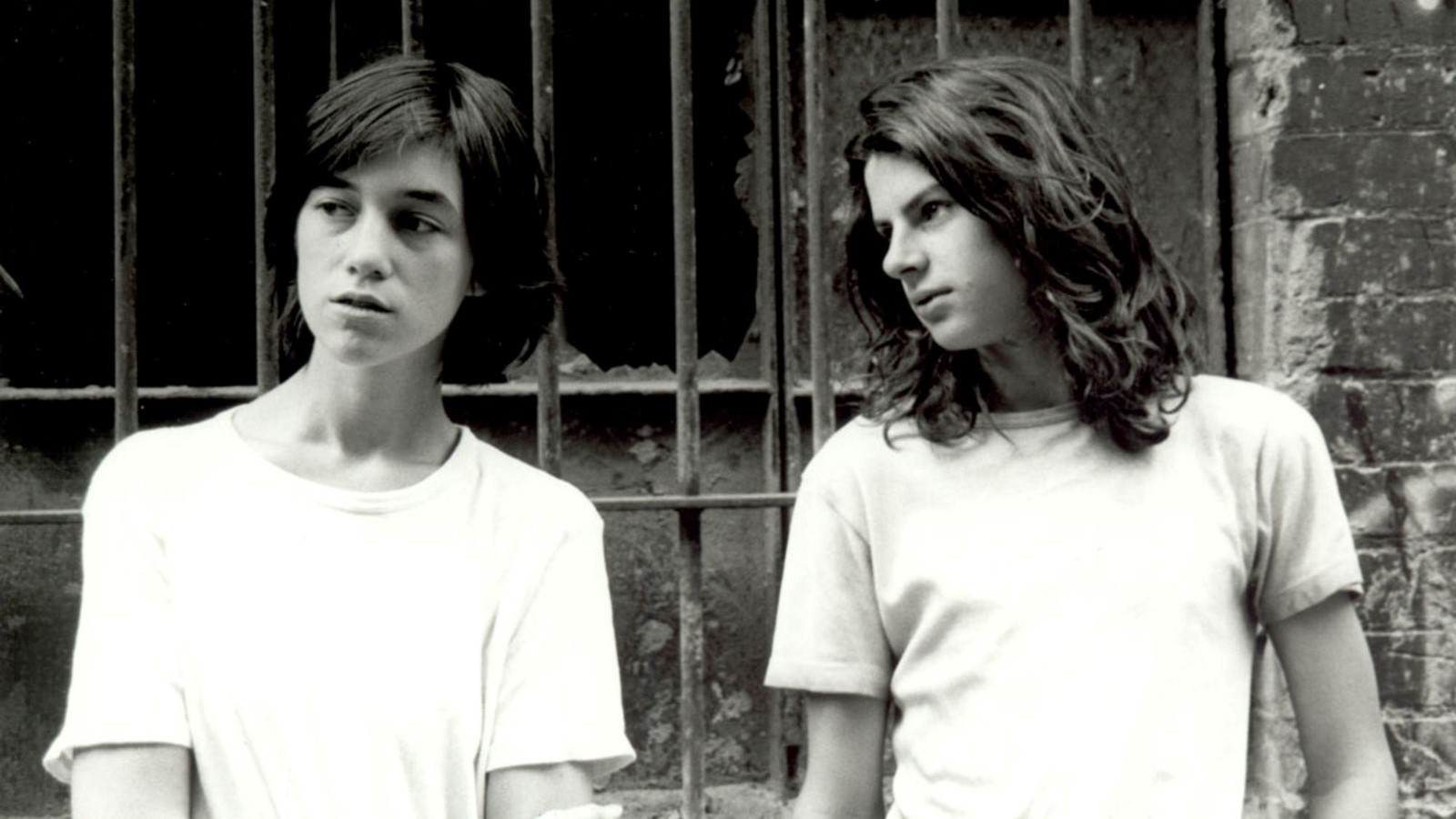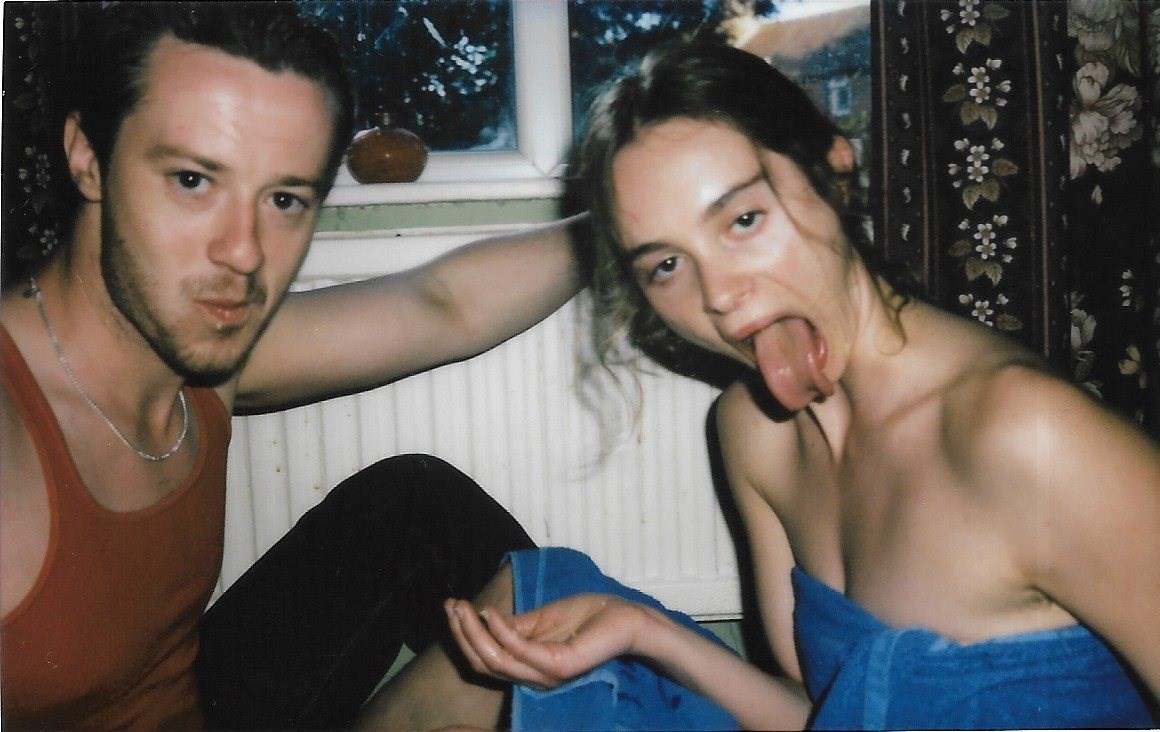There’s something about summer that always brings back the feeling of being a teenager. For the fourth season of Girlhood Studies, Claire Marie Healy examines the close relationship between girlhood and the summertime: as we experience it in our lives, and re-experience it through visual culture. This edition will publish weekly, with one for every week of the school holidays.
Right now, there’s no more literal onscreen interpretation of the stagnancy that can set in with the onset of the summer holidays than Luna Carmoon’s smelly and scintillating debut feature Hoard (2023). The present-day action of the film, which is currently streaming on Mubi, kicks off on the last day of school and follows a teenage girl, Maria, gradually unravelling thanks to emergent memories of her childhood living with her birth mother, a hoarder.

In Hoard, the summer feels long and the house feels small. Actress Saura Lightfoot-Leon is spindly, overgrown: she seems to crawl and sprawl over surfaces, too tall for the kitchen, too leggy for the sofa cushions. She’s too stoned to make her way up the stairs on the first day that one of her foster mother’s former charges, Michael, arrives in the house to stay (thanks to the way Hoard’s interiors are shot, and Maria’s tendency to stick to its surfaces, it’s the kind of film that gives you fresh awareness of the dust particles of your own carpets, the cracks in your own walls). Over the next few weeks, these sort-of siblings engage in a kind of psychosexual game of thrones: Michael seeking a trauma bond with Maria; Maria seeking to crack open memories of a childhood existing inside mess. The other characters are always asking the protagonist if she’s washed recently.

A natural bedfellow for a sense of stuckness in the family home is The Virgin Suicides, which I have written about in this column before. But you get a greater sense of how bad the Lisbon sisters smell in the book than in the film, where we tend to overlook the hoarder-like details in favour of its fragile beauty – mouldy sandwiches on the stairs, used underwear over the crucifix. (Sofia Coppola: “We shot hours of footage of the sisters lying around together. We were running out of film stock on our small budget, but we kept rolling, so the girls really seemed like they had been in that house forever”). In Jeffrey Eugenides’ book, language allows us to smell and taste the Lisbons in more visceral ways: the narrator describes Lux having sex on the roof with strange men, but also her methods for contraception (“vinegar proved useful, as did tomato juice”), any of which could be lifted from a gross-out scene in Hoard. The neighbourhood boys even “make themselves sick on chocolate” in sympathy with the Lisbon girls, gorging themselves across the street, much like the symbiotic relationship between Michael and Maria’s shared traumas.
There are similarly unwashed bodies and dirty dishes in The Cement Garden (1993). But If Hoard and The Virgin Suicides seep and squelch, the house that the siblings find themselves stuck in this adaptation of the Ian McEwan novel is sterile and dry: sticky cement gone hard. An adaptation by Andrew Birkin of McEwan’s novel, the 1970s-set film documents the course of one summer in the lives of four siblings, the eldest being Julie (a short-haired Charlotte Gainsbourg) and Jack (a long-haired Andrew Robertson), after their father and mother die in quick succession, the latter of which they keep a secret. Over the course of the “hottest summer since 1900”, the dynamic between Julie and Jack becomes more taboo (as the film’s posters gave away), but that’s the least interesting thing about the movie. More interesting is the gender play between the siblings, with the androgynous young Gainsbourg commanding the screen: one of its most lasting images is of the ashen, dust-covered actress smoking a cigarette at the kitchen table, looking like a lost Bernini statue.

There’s something very freeing about Hoard, which takes references like The Cement Garden and does something actually wild with them (rather than courting “scandal” through a male gaze on young women’s bodies). Carmoon’s film is dark and twisted, but the power ultimately resides within our protagonist; there is an audacity to performances like Leon’s that lean into the grossness of girlhood. For the film’s director, it’s a letting loose, and letting go, that is distinctly tied with the summer holidays, as well as a pre-Internet era. “The phantasm of the film could never have worked in the present day,” she has said of her 90s-set film. “Back then you’d finish school and sit and do handstands in your room. The character in this story is losing all the women in her life in one moment and is left with the seemingly infinite six-week summer holiday […] The past comes out to play when you can’t rely on routine.” The past coming out “to play” is how watching the events of Hoard feels: memories that actively taunt Maria, daring her to go further and deeper into chaos.
Such depictions also speak to a reversal of the “clean girl” aesthetic that has had such a French-manicured stranglehold on culture in recent times. It makes me think of the artist Molly Soda, a longtime mistress of the “intentional mess.” With her Desktop Dumps and vision board series, Soda is attuned to the leakage that exists between the internet’s own “clean” aesthetic and straight lines: its secret mess that any girl who has grown up online is aware of. The artist has also always documented her bedroom as part of her practice – most recently resulting in a “Marie Kondo” style video work in which she creates, rather than disposes of, clutter.
Still, I liked the artist’s note at the end of a 2023 Substack dedicated to ‘girl clutter’, which speaks to the allowances we make for mess in girlhood versus adulthood. After filming herself surrounded by piles of clothes and objects, she describes how she takes a few pictures of the mess to make sure she has enough content, and then promptly “gets up to clean (her) room.”
